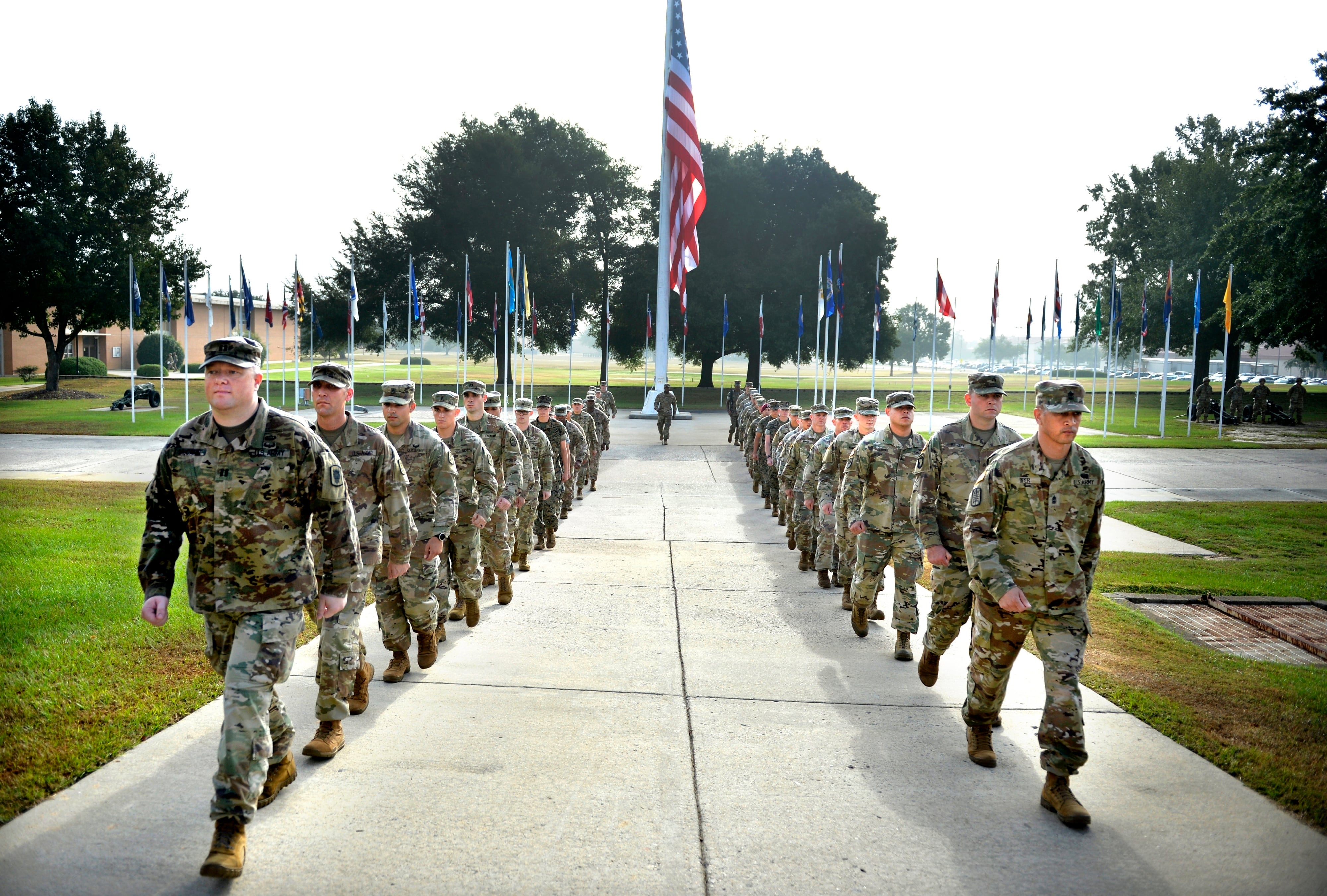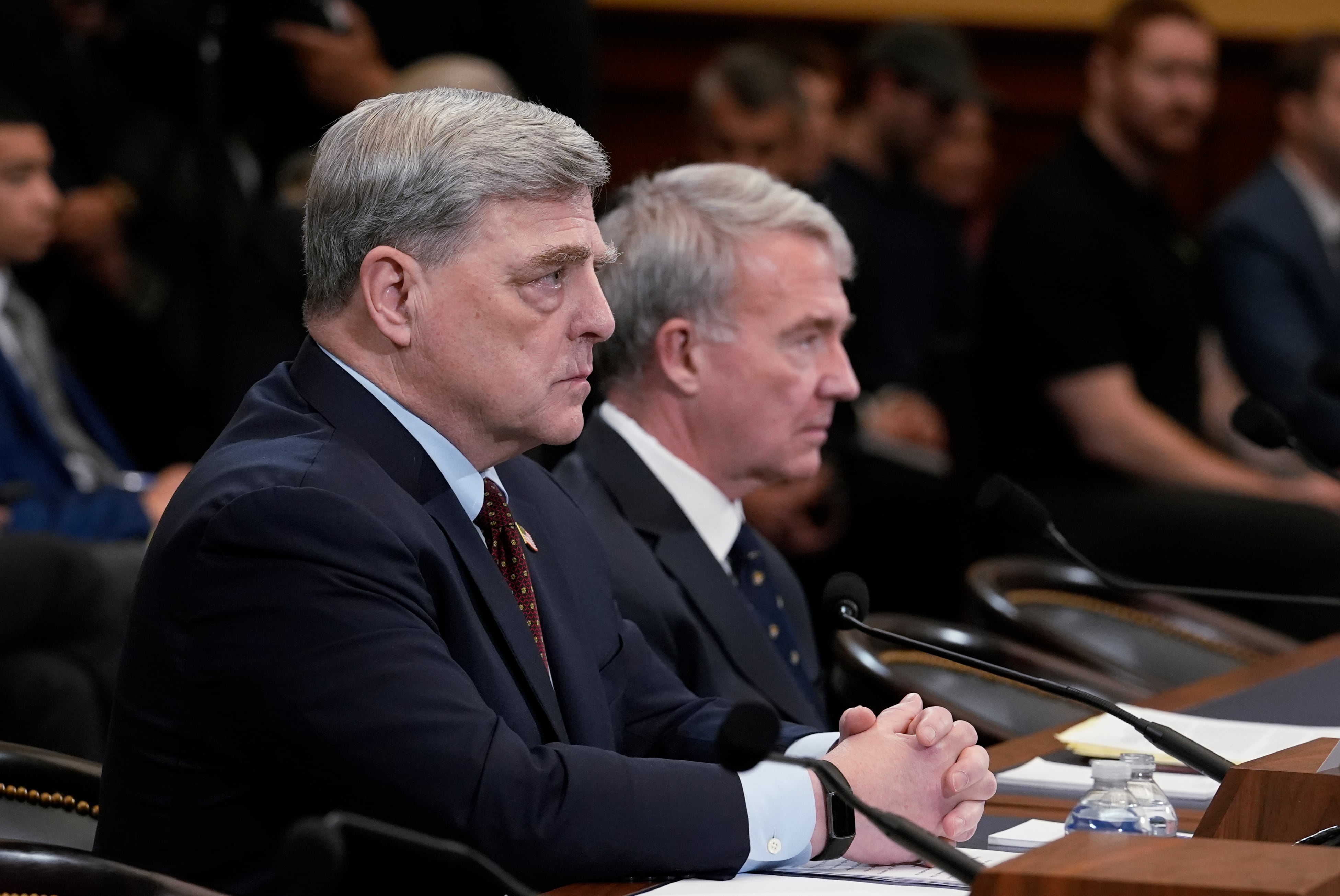The burden of waging nearly 16 years of war has weighed particularly heavily on Air Force Special Operations Command.
At any given time, there are about 1,200 air commandos deployed to more than 40 countries, according to AFSOC commander Lt. Gen. Brad Webb.
There are only 14,461 active duty officers and enlisted airmen in AFSOC, Webb said via email, so the pace of deployments for these elite, highly skilled airmen “can obviously create demands on them and their families.”
And AFSOC airmen have stepped up time and again.
“We have many airmen who have deployed more than a dozen times in the last 15 years,” Webb said. “That‘s a deployment rate our nation has not seen before.”
To meet the demand, Webb said AFSOC has sometimes had to get waivers approved from the Office of the Secretary of Defense so its airmen can deploy more often.
But despite those strains, Webb said AFSOC is still getting the job done, and morale remains strong.
“We strive across the command to encourage our airmen to achieve work-life balance,” Webb said. “Air commandos are proud of what we continue to accomplish alongside our joint [special operations] partners, but we also know the importance of resiliency. We have certainly been operating under a high ops tempo, but morale is good because we‘re well-equipped to help our airmen achieve the balance necessary to take care of themselves and their families.”
Webb said that when AFSOC leaders find out a particular community is feeling significant pressure, they reach out to theater commanders and U.S. Special Operations Command to try to lessen that stress.
This includes relying on the Air Force’s Comprehensive Airman Fitness program, alongside SOCOM’s Preservation of the Force and Family program, which both try to make sure mental health specialists and other resources are embedded with units and are readily available when airmen need them.
Webb said that as America’s adversaries become more agile, experienced and effective, AFSOC needs to adapt by reinventing itself, modernizing, and recapitalizing aircraft and equipment. The command also relies on “on the creativity and ingenuity of our airmen.”
But budget uncertainty has complicated those plans. Like much of the rest of the Air Force, Webb said that AFSOC is unable to start new programs or begin new construction projects while operating under a continuing resolution.
Webb said AFSOC is nearly fully manned, and he doesn’t expect his command to grow any bigger.
“That’s by design,” Webb said. “We need to stay light, lean and lethal to ensure our ability to stay agile and responsive, and we’re more than capable of delivering specialized air power for our nation at current manning levels.”
When asked about aircraft readiness, Webb also said that while AFSOC continues to have fewer airframes, parts and munitions than he would like, “we have never been as ready and capable to defeat today’s enemy.”
Webb also said that the Air Force’s newest gunship, the AC-130J Ghostrider, is still on track to reach initial operating capability at the end of fiscal 2017. The aircraft is projected to reach full operational capability in 2025.
Webb declined to discuss how the new strategy in Afghanistan might change AFSOC’s mission there. But, he said, AFSOC airmen have been in Afghanistan since shortly after Sept. 11, 2001, and they will continue to support SOF operations in that war. Webb also declined to discuss the evolving war against the Islamic State and what that might mean for AFSOC.
Stephen Losey is the air warfare reporter for Defense News. He previously covered leadership and personnel issues at Air Force Times, and the Pentagon, special operations and air warfare at Military.com. He has traveled to the Middle East to cover U.S. Air Force operations.





